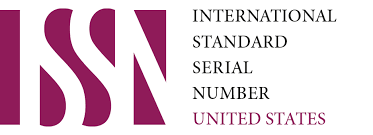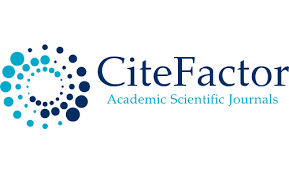Creating Methodological Capabilities Of Students On The Base Of Design Technologies In Higher Education Institutions
DOI:
https://doi.org/10.62480/jpip.2024.vol30.pp45-47Keywords:
Design, technology, methodology, interactiveAbstract
This article presents ideas on creating methodological opportunities for students based on design technologies in family educational institutions.
References
Kuychiyeva M.A. Biologiya fanini o‘qitishda fanlararo bog‘lanishlarning o‘rni va ahamiyati // Zamonaviy ta’lim ilmiy-amaliy ommabop jurnal. - Toshkent, 2019. - №5 (78). - Б. 34-37. (13.00.00; №10)
Kuychiyeva M.A. Tabiiy fanlar o‘qituvchilarining kompetentligi va kasbiy layoqatini rivojlantirish masalalari // Toshkent davlat pedagogika universiteti Ilmiy axborotlari. - Toshkent, 2021. - №1-son. - B. 53-57. (13.00.00; №32).
Kuychiyeva M.A. Use of Interdisciplinary Relationships In The Formation Of Competences In Biology Students // CONVERTER 2021 www.converter-magazine.info. - P. 485-489. (№10. ISSN:0010-8189). ([email protected])
Kuychiyeva M.A. // Organization of Experimental Works on the Development of Professional and Methodical Competence of Future Biology Teachers // Eurasian Journal of Learning and Academic Teaching. Open Access, Peer Reviewed Journals. 2022. ISSN (E): 2795-739, - P.19-21. (№7. SJIF; IF-8.115) (www.geniusjournals.org)
Kuychiyeva M.A., Eshmatova D. Development of Professional and Methodical Competence of Future Biology Teachers in Extrcurricular Activities // Web of Scientist: International Scientific Research Journal. 2022. ISSN:2776-0979, - P. 617-621. (№12. SJIF; IF-7.565). (https://wos.academiascience.org)
Downloads
Published
Issue
Section
License

This work is licensed under a Creative Commons Attribution-NonCommercial 4.0 International License.
User Rights
Under the Creative Commons Attribution-NonCommercial 4.0 International (CC-BY-NC), the author (s) and users are free to share (copy, distribute and transmit the contribution).
Rights of Authors
Authors retain the following rights:
1. Copyright and other proprietary rights relating to the article, such as patent rights,
2. the right to use the substance of the article in future works, including lectures and books,
3. the right to reproduce the article for own purposes, provided the copies are not offered for sale,
4. the right to self-archive the article.












